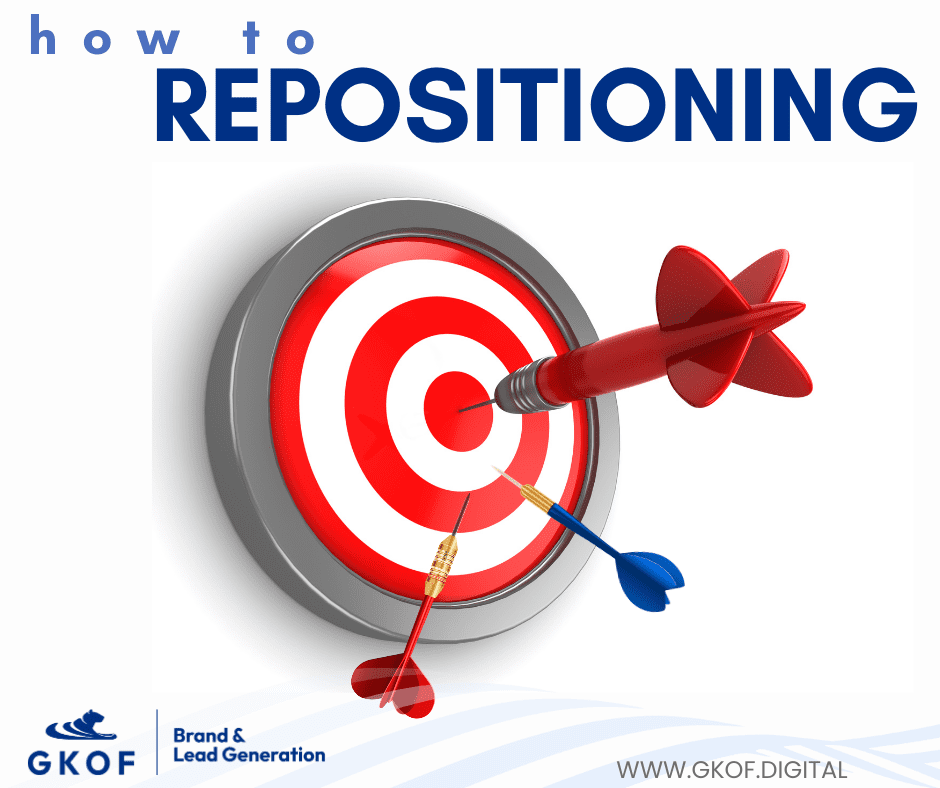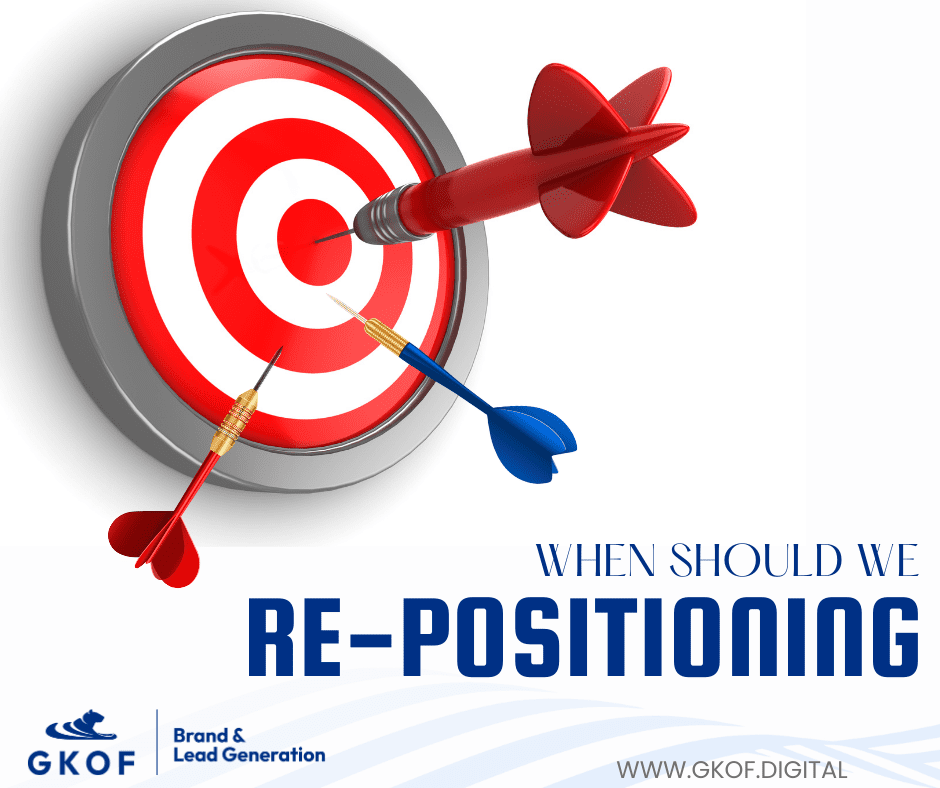Performance marketing is a data-driven approach to marketing that focuses on achieving measurable results. Here’s how it works:
Set Clear Objectives: The first step in performance marketing is to define specific, measurable objectives. These objectives should align with your overall business goals and may include KPIs such as increasing website traffic, generating leads, or boosting sales.
Choose the Right Channels: Performance marketing involves selecting the most appropriate digital marketing channels for your business. Common channels include search engine marketing (SEM), social media advertising, display advertising, email marketing, affiliate marketing, and more. The choice of channels depends on your target audience and campaign goals.
Audience Segmentation: To improve the efficiency of your marketing efforts, segment your target audience based on various criteria, such as demographics, interests, behavior, and location. This allows you to create highly targeted and relevant marketing messages.
Create Compelling Ads: Develop engaging and compelling ad creatives that resonate with your target audience. Your ads should clearly communicate the value proposition and call to action (CTA).
Data Tracking and Analytics: Implement tracking mechanisms, such as website analytics tools and conversion tracking, to monitor the performance of your campaigns. This data will help you measure and analyze the results of your marketing efforts.
Budget Allocation: Allocate your marketing budget to different channels and campaigns based on their past performance and potential for delivering a positive return on investment (ROI). This involves optimizing the distribution of resources to maximize results.
Pay-for-Performance Model: In performance marketing, you typically pay for advertising based on actual results. For example, in pay-per-click (PPC) advertising, you pay only when a user clicks on your ad, not for ad impressions. This aligns your costs with the outcomes you desire.
Continuous Optimization: Regularly review and analyze the data generated by your campaigns. Use A/B testing and experimentation to fine-tune your strategies. Adjust your ad creatives, targeting, and other campaign elements to improve performance.
Real-Time Monitoring: Monitor campaign performance in real-time. This allows you to make immediate adjustments if a campaign is underperforming or if there are new opportunities to capitalize on.
Attribution Modeling: Use attribution models to understand the customer journey and determine which touchpoints and marketing efforts contributed to conversions. This helps in optimizing the allocation of resources among different marketing channels.
Scalability: Performance marketing allows you to scale your campaigns up or down based on performance. When a campaign is delivering strong results, you can invest more in it, and when it’s not performing well, you can reallocate your budget to more effective efforts.
Reporting and Analysis: Regularly generate reports that provide insights into campaign performance and ROI. Share these insights with your team to inform future marketing decisions.
By following these steps and continually refining your marketing strategies based on data and insights, you can make your marketing efforts more efficient, cost-effective, and results-oriented. Performance marketing allows you to adapt to changing market conditions and maximize your return on marketing investment.








